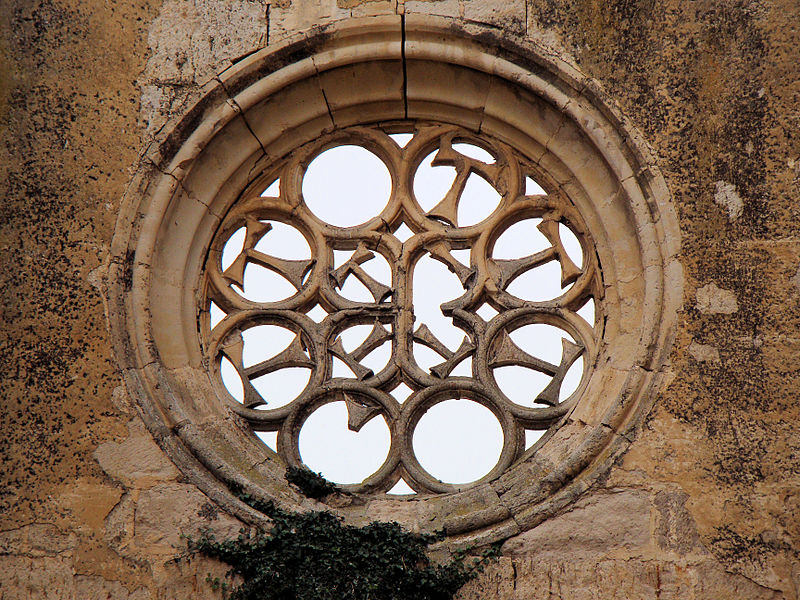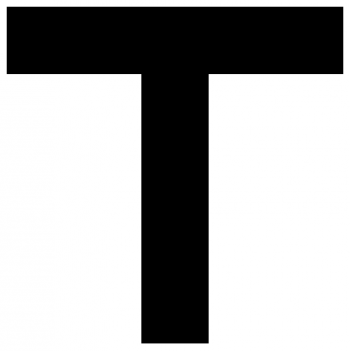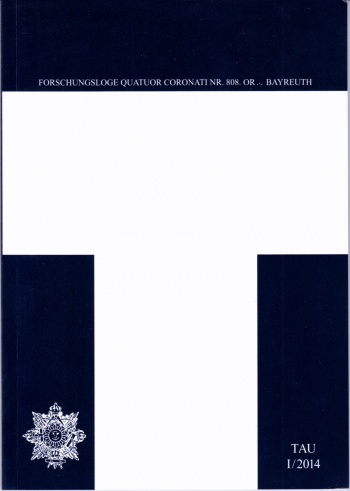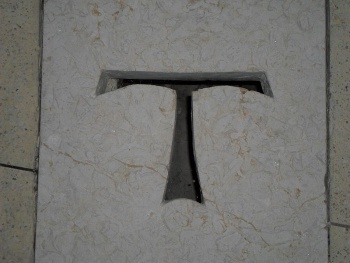En: Tau
En: Tau
Source: Mackey's Encyclopedia of Freemasonry
The last letter of the Hebrew alphabet is called Tau, and it has the power of the Roman T. In its present form n, in the square character now in use, it has no resemblance to a cross; but in the ancient Hebrew alphabet, its figure X, or +, was that of a cross. Hence, when it is said, in the vision of Ezekiel (ix, 4) "Go through the midst of the city, and set a mark (in the original"n, tau) upon the foreheads of the men that sigh and that cry for all the abominations that be done in the midst thereof"- which mark was to distinguish them as persons to be saved, on account of their sorrow for sin, from those who, as idolaters, were to be slain-the evident allusion is to a cross. The form of this cross was X or +, a form familiar to the people of that day. But as the Greek letter tau subsequently assumed the form which is still preserved in the Roman T. the tau or tau cross was made also to assume the same form; so that the mark tau is now universally recognized in this form, T.
This tau, tau cross, or tau mark, was of very universal use as a sacred symbol among the ancient From the passage of Ezekiel just cited, it. is evident that the Hebrews recognized it as a sign of salvation; according to the Talmudists, the symbol was much older than the time of Ezekiel, for they say that when Moses anointed Aaron as the High Priest, he marked his forehead with this sign. Speaking of the use of the tau cross in the Old Testament, Didron says in his Christian Iconography (page 370) that "it saved the youthful Isaac from death, redeemed from destruction an entire people whose houses were marked with that symbol, healed the envenomed bites of those who looked at the serpent raised in the form of a tau upon a pole, and called back the soul into the dead body of the son of that poor widow who had given bread to the prophet."
Hence, in Christian iconography, the tau cross, or cross of the Old Testament, is called the Anticipatory Cross, because it anticipated the four-limbed Cross of the Passion, and the typical cross because it was its type. It is also called the Cross of Saint Anthony, because on it that saint is supposed to have suffered martyrdom.
Maurice, in his Indian Antiquities, refers to it the tiluk, or mark worn by the devotees of Brahma. Davies, in his Celtic Researches, says that the Gallicum tau, or the tau of the ancient Gauls, was among the Druids a symbol of their supreme god, or Jupiter.
Among the Egyptians, the tau, with an oval ring or handle, became the Crux Ansata, and was used by them as the constant symbol of life. Doctor Clarke says (Travels v, page 311) that the tau cross was a monogram of Thoth, "the symbolical or mystical name of Hidden Wisdom among the ancient Egyptians." Dupuy, in his History of the Templars, says that the tau was a Templar emblem. Von Hammer, who lets no opportunity of maligning the Order escape him, adduces this as a proof of the idolatrous tendencies of the Knights. He explains the tau, which, he says, was inscribed on the forehead of the Baphomet or Templar idols as a figure of the phallus; hence he comes to the conclusion that the Knights Templar were addicted the obscene worship of that symbol. It is, how ever, entirely doubtful, notwithstanding the authority of Dupuy, whether the tau was a symbol of the Templars. But if it was, its origin is rather to be looked for in the supposed Hebrew idea as a symbol of preservation. It is in this sense, as a symbol of salvation from death and of eternal life, that it has been adopted into the Masonic system, and presents itself, especially under its triple combination, as a badge of Royal Arch Masonry.




